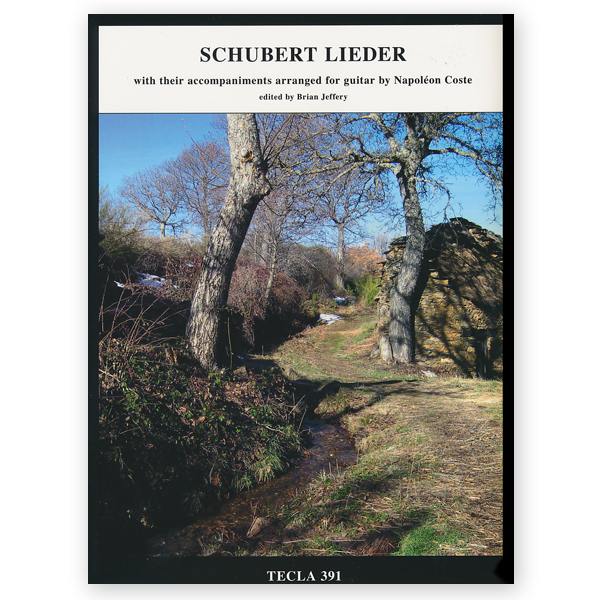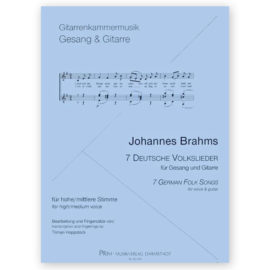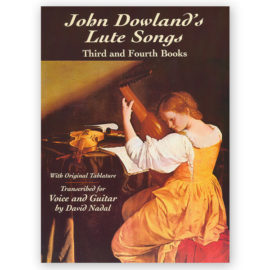Description
Schubert Lieder
For Voice & Guitar
-
Arranged by Napoleon Coste
-
Standard Notation
-
36 Pages
- Gretchen am Spinnrade (e to a”)
- Der Tod und das Mädchen (a to e’ flat)
- Ständchen (Leise flehen) (d to g’)
- Sei mir gegrüsst (f sharp to f’ sharp)
- Das Fischermädchen (c sharp to g’)
- Schlummerlied (c to f’)
- Des Mädchens Klage (d to f’)
- Das Wandern (e to e’)
- Wiegenlied (Schlafe, schlafe) in A (e to e’)
- Wiegenlied (Schlafe, schlafe) in G (d to d’)
- Ständchen (Horch, horch, die Lerch (e to e’)
- Adieu (d sharp to f’ sharp)
- Auf dem Wasser zu singen (e to g’)
- Ave Maria (e to e’)
This is the first new modern edition of these Schubert Lieder with their piano accompaniments arranged for guitar by Napoléon Coste. For voice and guitar. Edited and with an introduction by Brian Jeffery.
This new book of Schubert Lieder arranged for guitar by Coste presents a group of songs by Schubert whose piano accompaniments were arranged for guitar by Napoléon Coste, probably in about the 1830s, that is to say very soon after Schubert’s time. At the time Coste was a student of Sor in Paris. Coste’s guitar accompaniments are quite good and will be a valuable addition to the repertory for voice and guitar.
Coste wrote his guitar accompaniment to French texts and it should be clearly understood that in this edition we have newly underlaid the original German text to his guitar accompaniments, for the convenience of those performers who may wish to sing these songs with the guitar with the original German text.
Ranges: Most of the songs go up to f, g, or a so they will suit a tenor or soprano, but one, Wiegenlied in G, goes up only to d’.
The exact ranges are indicated above as follows:
a, b, c, and so on up to g: this means from the a four notes below the treble stave, up to the g which is on the second line of the treble stave.
a’, b’, c’, and so on up to g’: this means from the a which is on the second space of the treble stave, up to the g which is on the space just above the treble stave.
a”, b”, c”, and so on: this means from the a which is on the line immediately above the treble stave, upwards.





